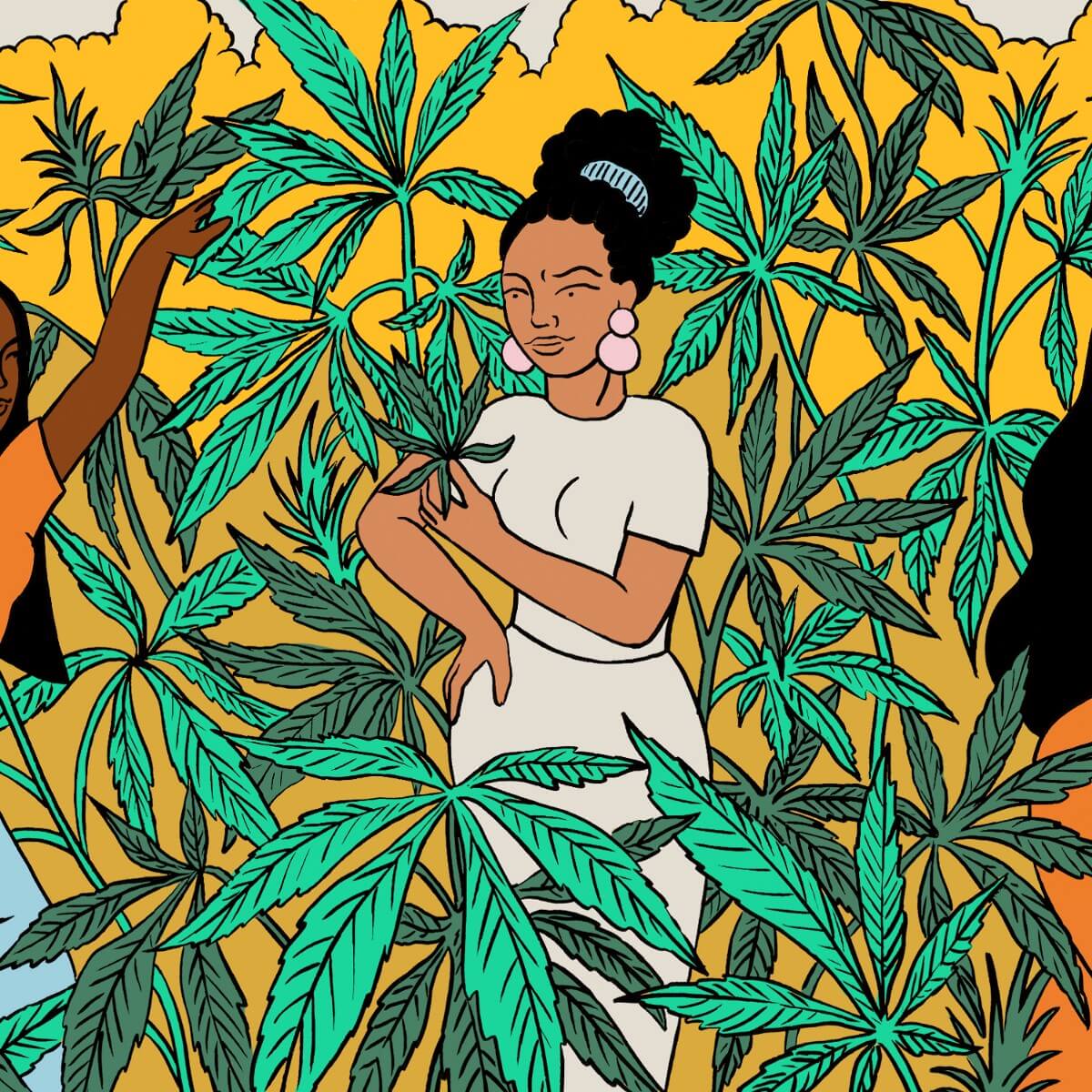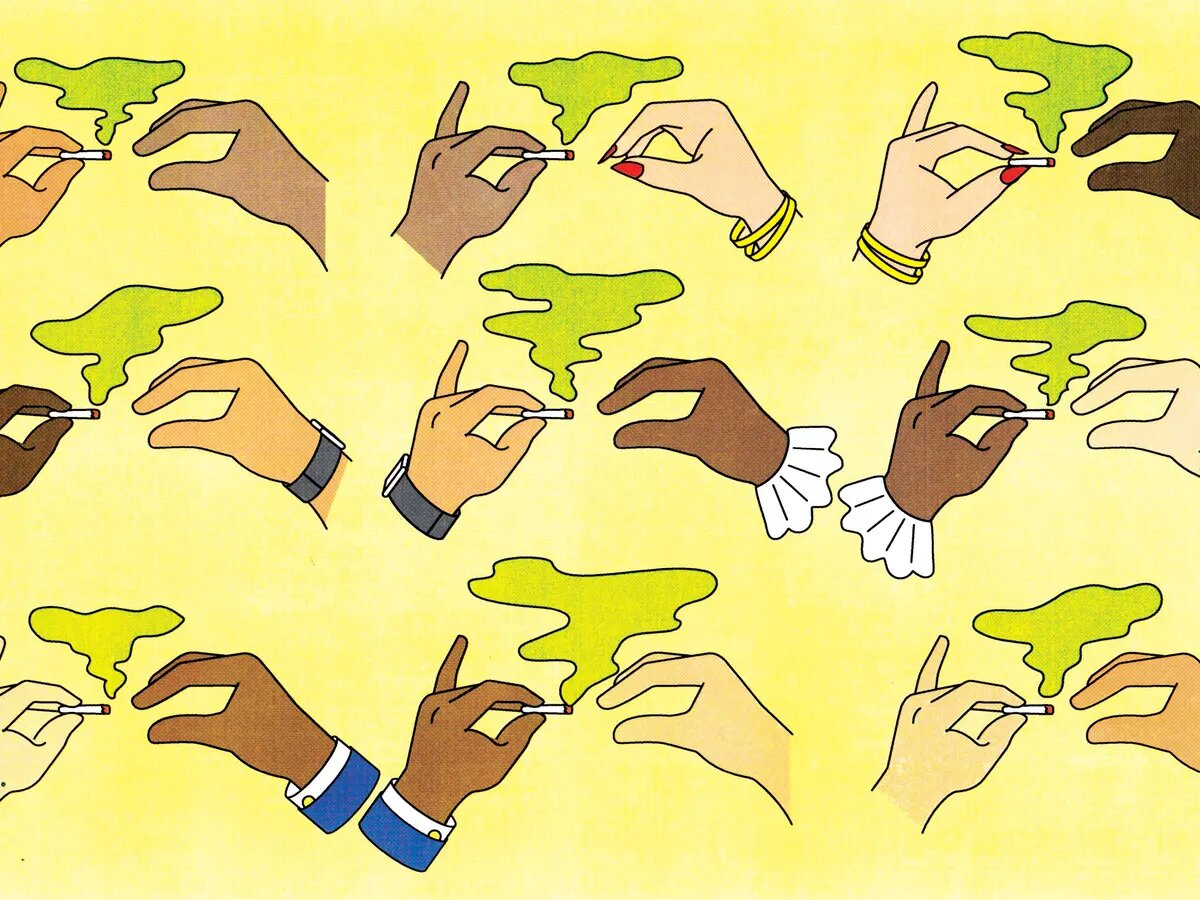No products in the cart.
Exploring Marijuana Use Across Ethnic Groups
29 Dec 2022

Marijuana use continues to be a controversial topic and has been for decades. However, research has shown that there are significant differences in marijuana use across ethnic groups. These differences may be due to the cultural, economic, and legal factors that affect each group differently.
For example, African Americans are more likely to be arrested for marijuana use. Even though, White Americans are more likely to use it. This article will explore the differences in marijuana use across ethnic groups and discuss the implications of this disparity. It will also consider how government regulations, public health initiatives, and cultural norms may be driving these disparities.
By examining the differences in marijuana use across ethnic groups. We can gain insight into how different populations are changing by the changing legal landscape of cannabis. This show’s how best to ensure equitable access to its potential benefits.
Overview of Marijuana Use Across Ethnic Groups
Marijuana use is highly prevalent across ethnic groups in the United States.
According to the most recent data from the National Survey on Drug Use and Health (NSDUH). About 58% of adults over the age of 18 use marijuana at some point in their lives. This figure is consistent across ethnic groups. Around 59% of African Americans, 57% of Latinos, and 58% of Whites which use marijuana.
Current usage, 17% of the adult population use marijuana in the past month and 6% use it daily. Again, these figures are consistent across ethnic groups. 19% of African Americans, 15% of Latinos, and 14% of Whites have used marijuana in the past month.
The consistent rates of marijuana use across ethnic groups suggest that the disparities of marijuana usage across ethnic groups may not be due to differences in prevalence, but rather differences in how marijuana is in use.

Cultural, Economic, and Legal Factors in Marijuana Use
Many cultural, economic, and legal factors play a role in the disparities in marijuana use across ethnic groups.
For example, African Americans are more likely to live in poverty, which is a significant risk factor for marijuana use. Additionally, African Americans face greater barriers to healthcare.
Which may lead to less access to treatment for mental health conditions that often drive marijuana use. Finally, African Americans are more likely to be arrested for marijuana use even though White Americans are more likely to use it.
Arrests and convictions for marijuana use can make it harder for individuals to secure employment. These factors may make it harder for African Americans to gain access to the financial resources, to purchase marijuana if they were ever to decide to do so.
Implications of the Disparities in Marijuana Use
The significant disparities in marijuana use across ethnic groups suggest a disparity in the societal impacts of marijuana. For example, people of color are much more likely to be arrested for marijuana possession than their White counterparts, even though they are more likely to consume marijuana.
Additionally, the disparities in marijuana use across ethnic groups may reflect differential access to the therapeutic benefits of cannabis. Indeed, research has shown that African Americans are more likely to use marijuana for chronic pain management compared to Whites.
This may be a result of a variety of factors. For example, African Americans may be more likely to seek out cannabis because they are less likely to have access to prescription drugs due to their lower socioeconomic status.
Government regulations and Public Health Initiatives
The significant disparities in marijuana use across ethnic groups may be driven, in part, by government regulations and public health initiatives. For example, the disproportionate impact of arrests on African Americans may be because government agencies tasked with enforcing marijuana laws tend to focus their efforts on African American communities.
Additionally, the significant disparities in access to the therapeutic benefits of marijuana may be due in part to how public health campaigns advertise the drug for certain conditions. Indeed, the public health campaigns around marijuana often fail to acknowledge the significant disparities in their intended audience.
Cultural Norms and Marijuana Use
Researchers have seen, significant variations in the use of marijuana across ethnic groups.
However, these differences may be because of cultural norms surrounding marijuana use. For example, researchers have seen significant variation in the use of marijuana across ethnic groups. A recent study found that the frequency of cannabis use varies significantly across ethnic groups.
With African Americans using marijuana more frequently than Whites. This variation maybe because, different cultural attitudes toward cannabis use among ethnic groups. In particular, experts have shown that African Americans are more likely to use marijuana for recreation. While Whites are more likely to use it for medicinal purposes.
This variation may be due to the different social contexts in which ethnic groups consume marijuana. Indeed, African Americans may be more likely to consume marijuana in communal settings, while Whites are more likely to consume it privately. These differences in social contexts may promote different reasons for and patterns of cannabis use.

Ensuring Equitable Access to Marijuana
The significant disparities in marijuana use across ethnic groups maybe because of government regulations and public health initiatives.
However, many of these disparities may also be because of cultural norms surrounding marijuana use. To ensure equitable access to the therapeutic benefits of cannabis, it will be important to acknowledge the differential reasons for and patterns of cannabis use across ethnic groups.
Indeed, a public health campaign that fails to acknowledge the different reasons for cannabis use and the different social contexts in which ethnic groups consume marijuana may fail to reach many individuals who may benefit from its use.
Conclusion
By examining the differences in marijuana use across ethnic groups. We gain insight into how different populations are changing by the changing legal landscape of cannabis.
As well as how best to ensure equitable access to its potential benefits. When examining the differences in marijuana use across ethnic groups, it is important to note that everyone is different.
There are often many complex factors at play leading to these disparities. It is important to avoid generalizations about entire ethnic groups or making assumptions about what these numbers mean for each community.





